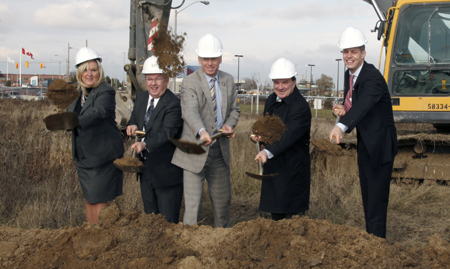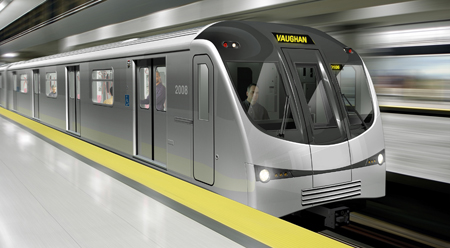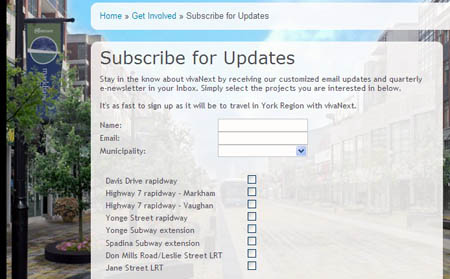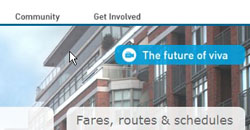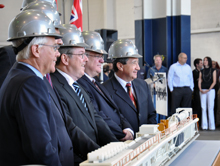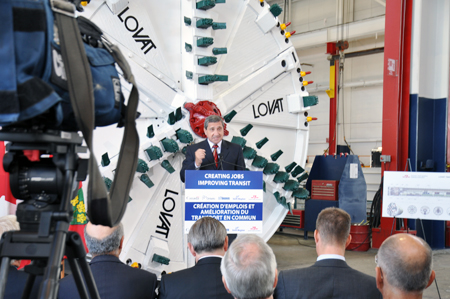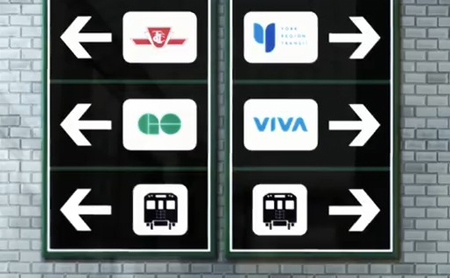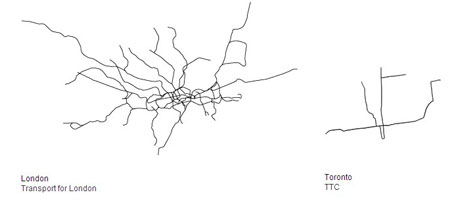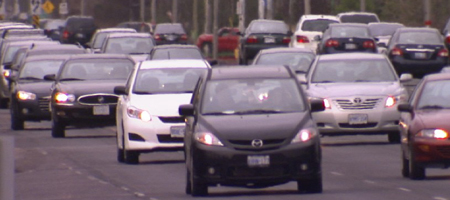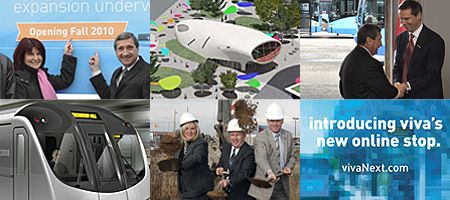
With a new year just around the corner, we wanted to celebrate by reflecting back on some significant milestones for vivaNext in 2009.
In early spring, the Province of Ontario committed $1.4 billion for the construction of dedicated rapidways along Davis Drive, Highway 7 and Yonge Street for Viva vehicles.
The following month, the Ministry of the Environment unconditionally approved the Environmental Project Report for the proposed Yonge subway extension.
Around this time, our new website was also launched along with this blog and other social media initiatives to help keep you informed of all the latest vivaNext developments.
By the fall, preliminary rapidway construction activities were underway in Newmarket and Markham, and a contract for conceptual design work regarding the Yonge subway extension was awarded. In addition, preliminary station designs were also unveiled for several of the Spadina subway extension stations at a series of public open houses, and the project took an important step forward with a groundbreaking ceremony at the Wilson Subway Yard.
Then, just before the holiday season, a ceremony was held on the site of the planned rapidway alongside Enterprise Drive in Markham (which is part of the Highway 7 rapidway project) to commemorate the start of construction of the first 37 km of rapidways.
From every side of York Region, this past year has been filled with milestones for the vivaNext projects. We look forward to bringing you many more in 2010.
Happy New Year from vivaNext!

